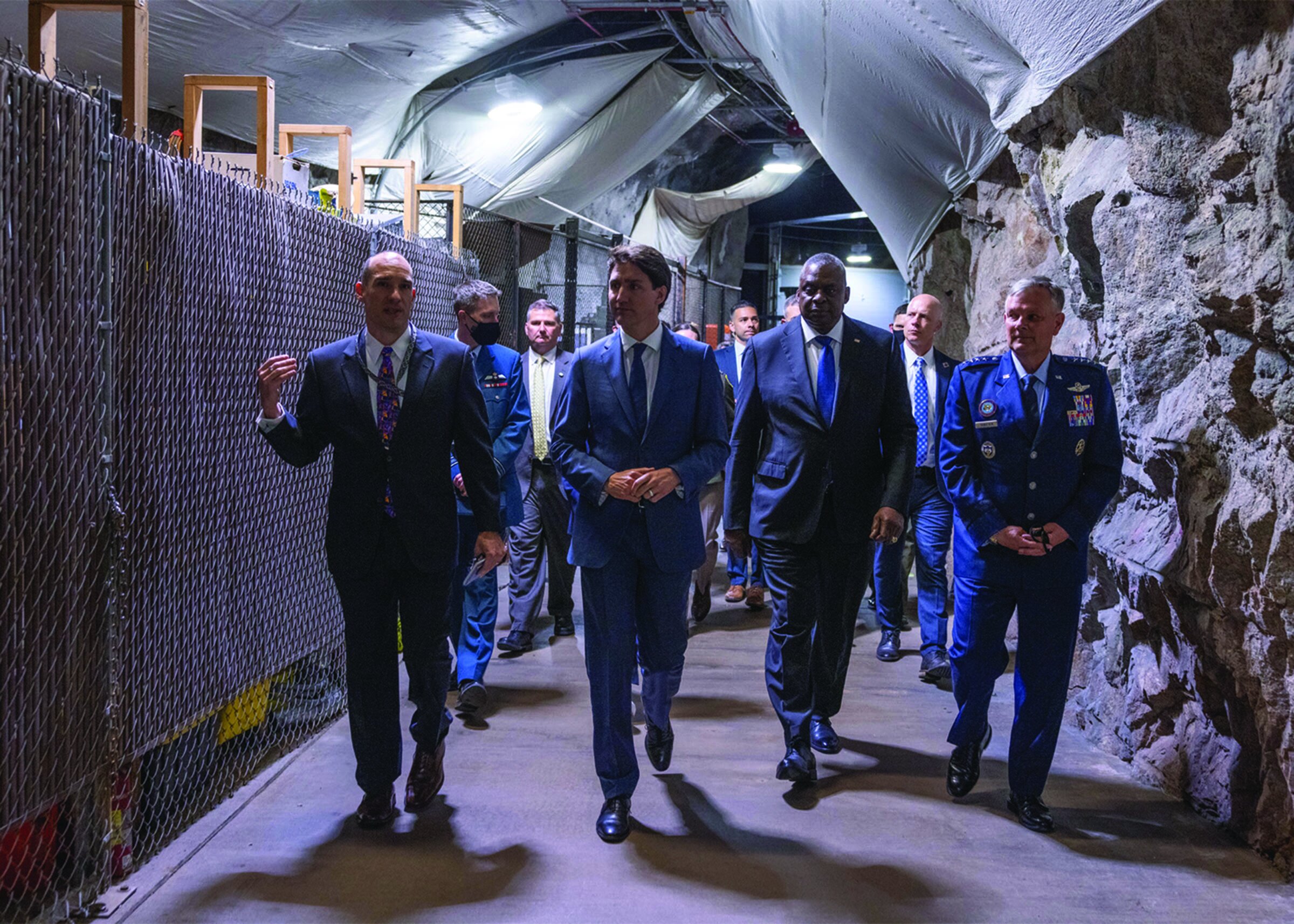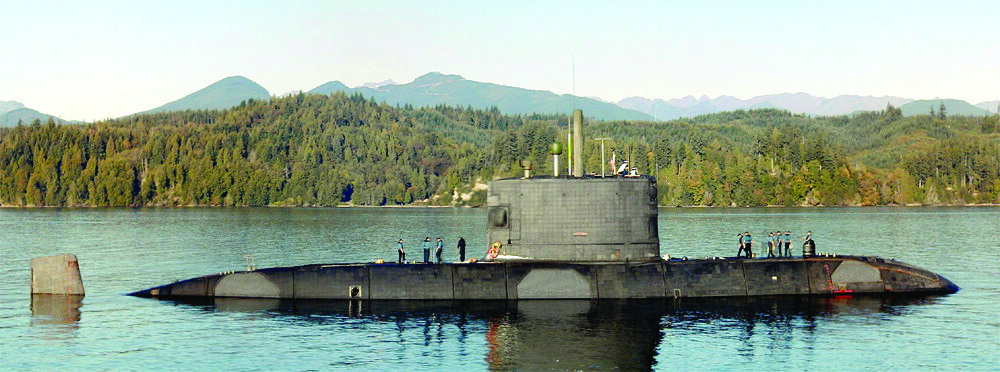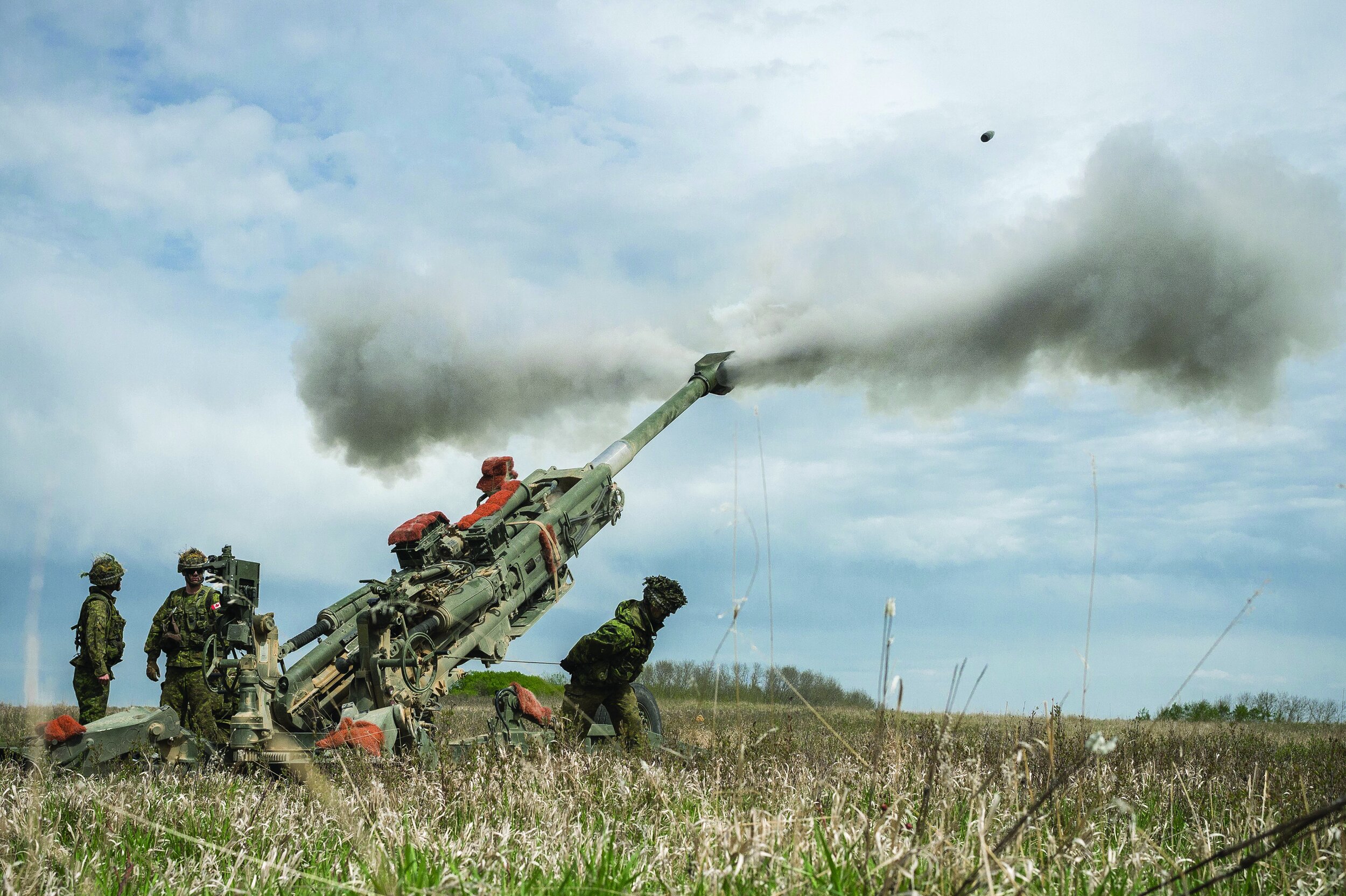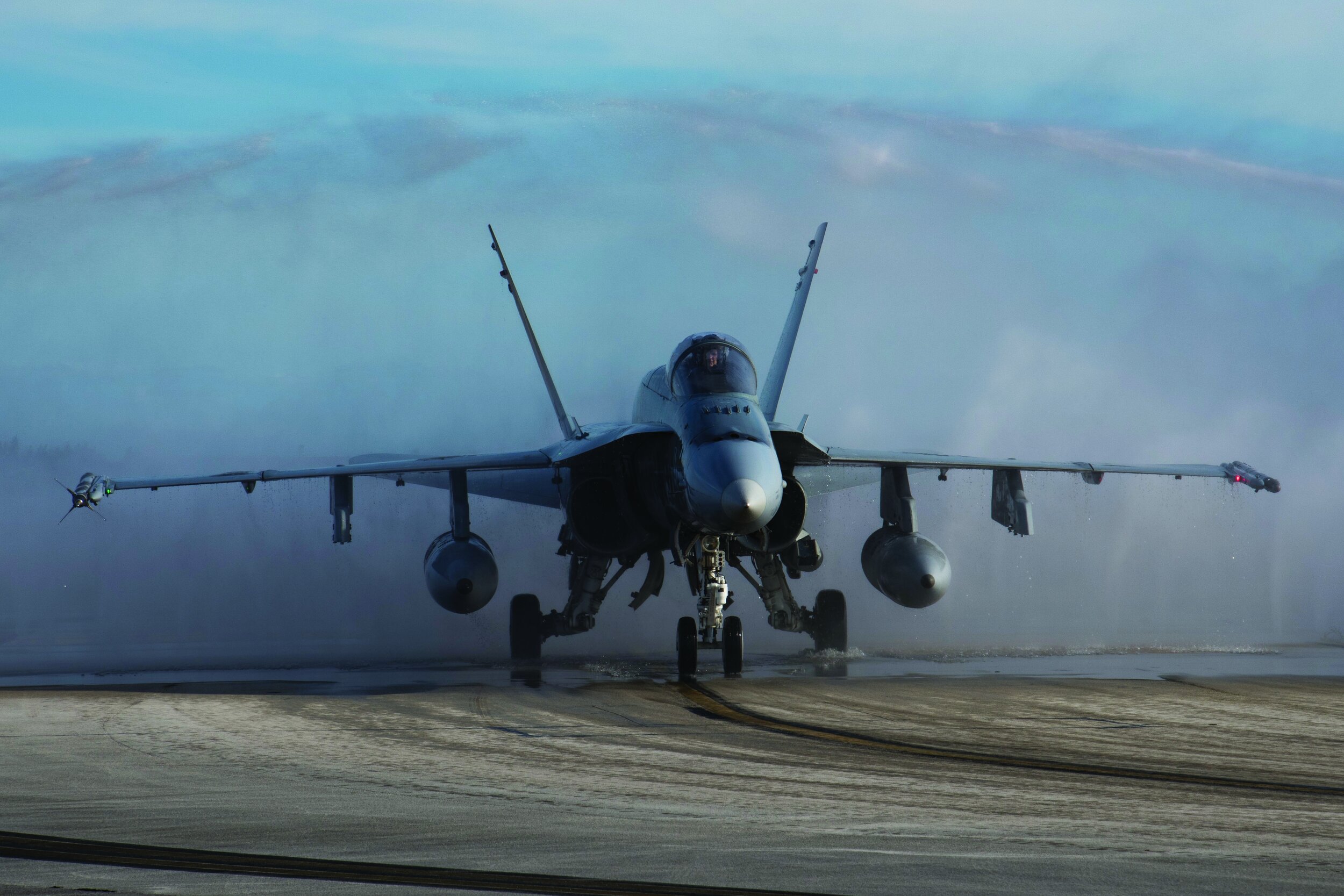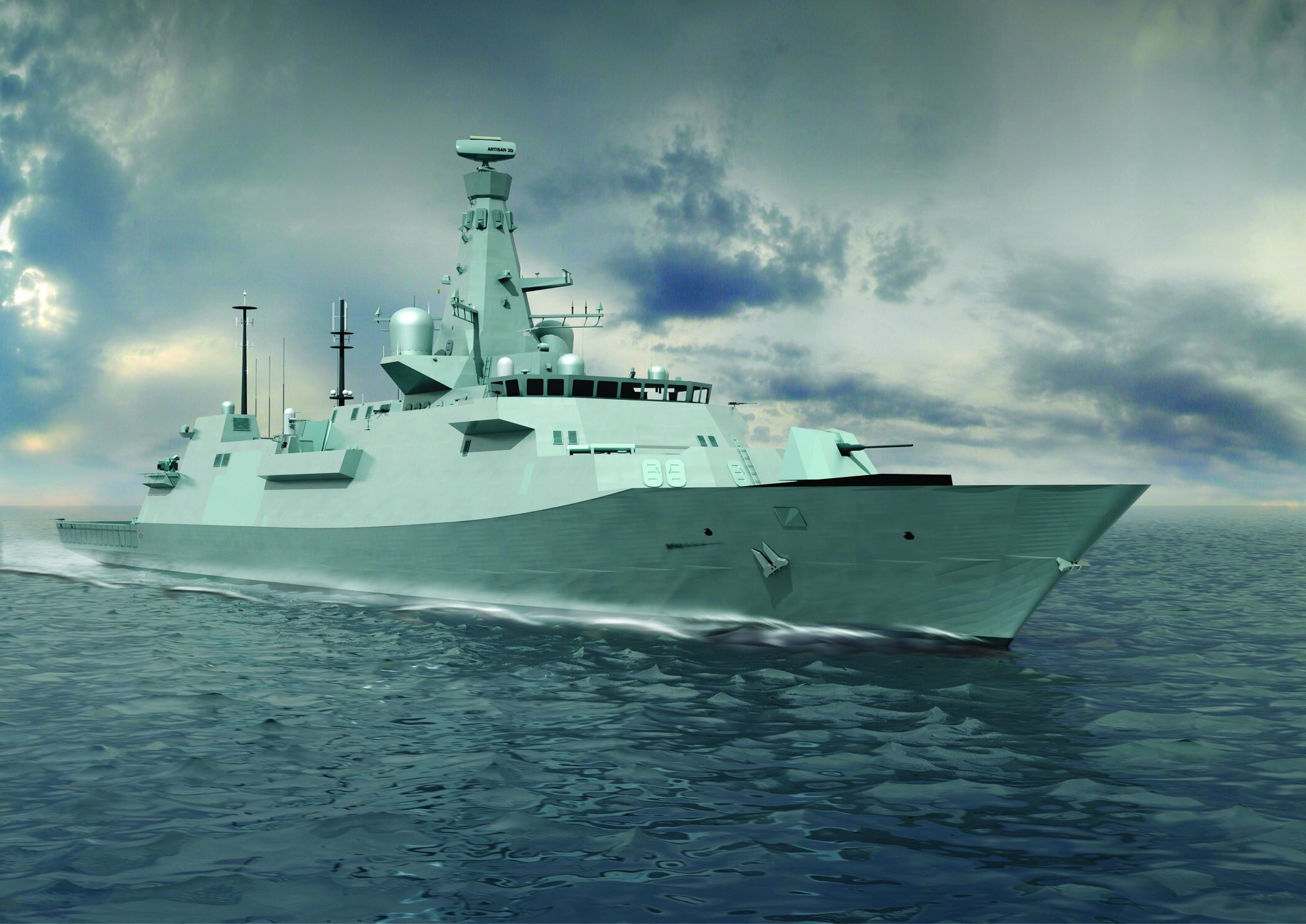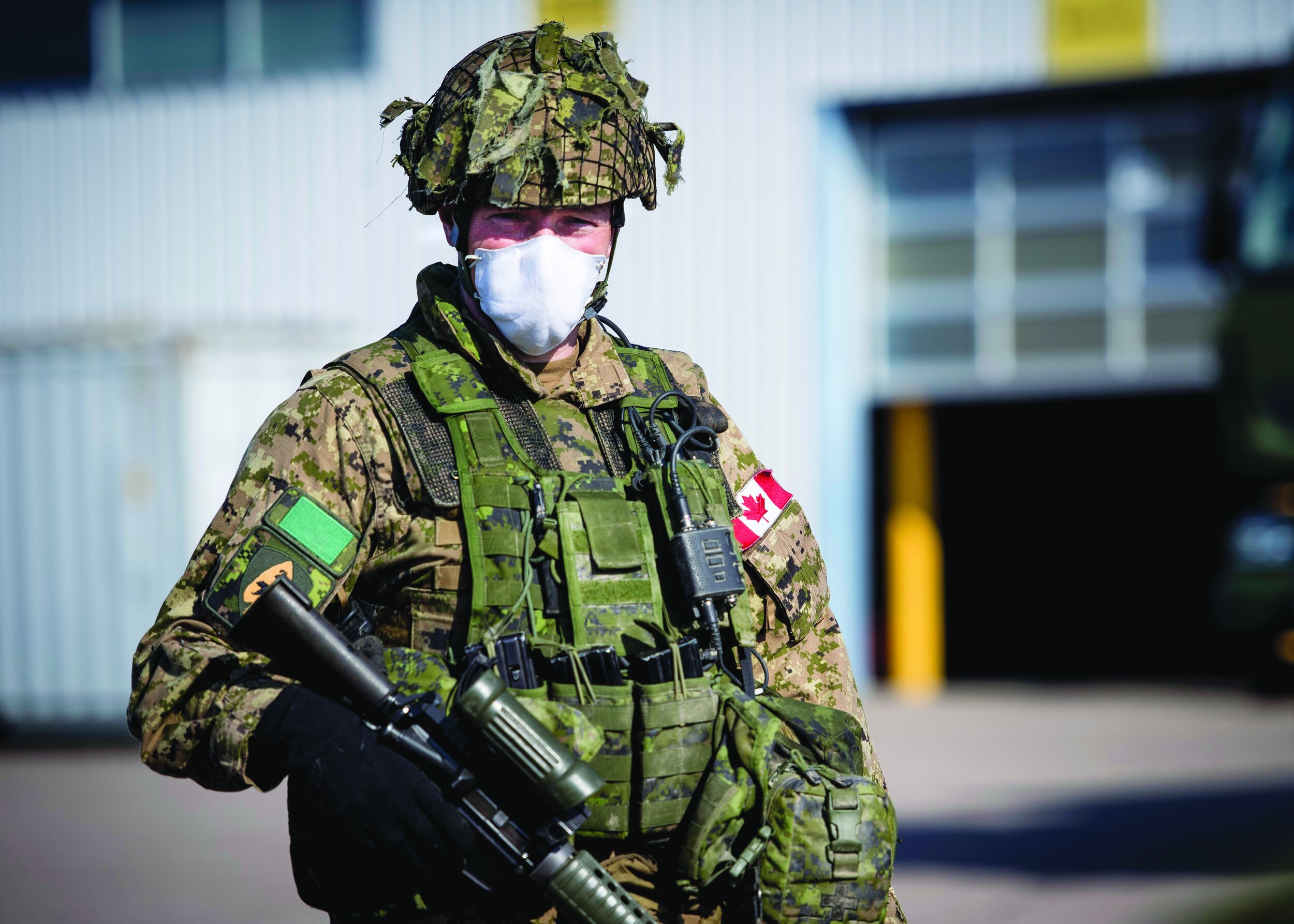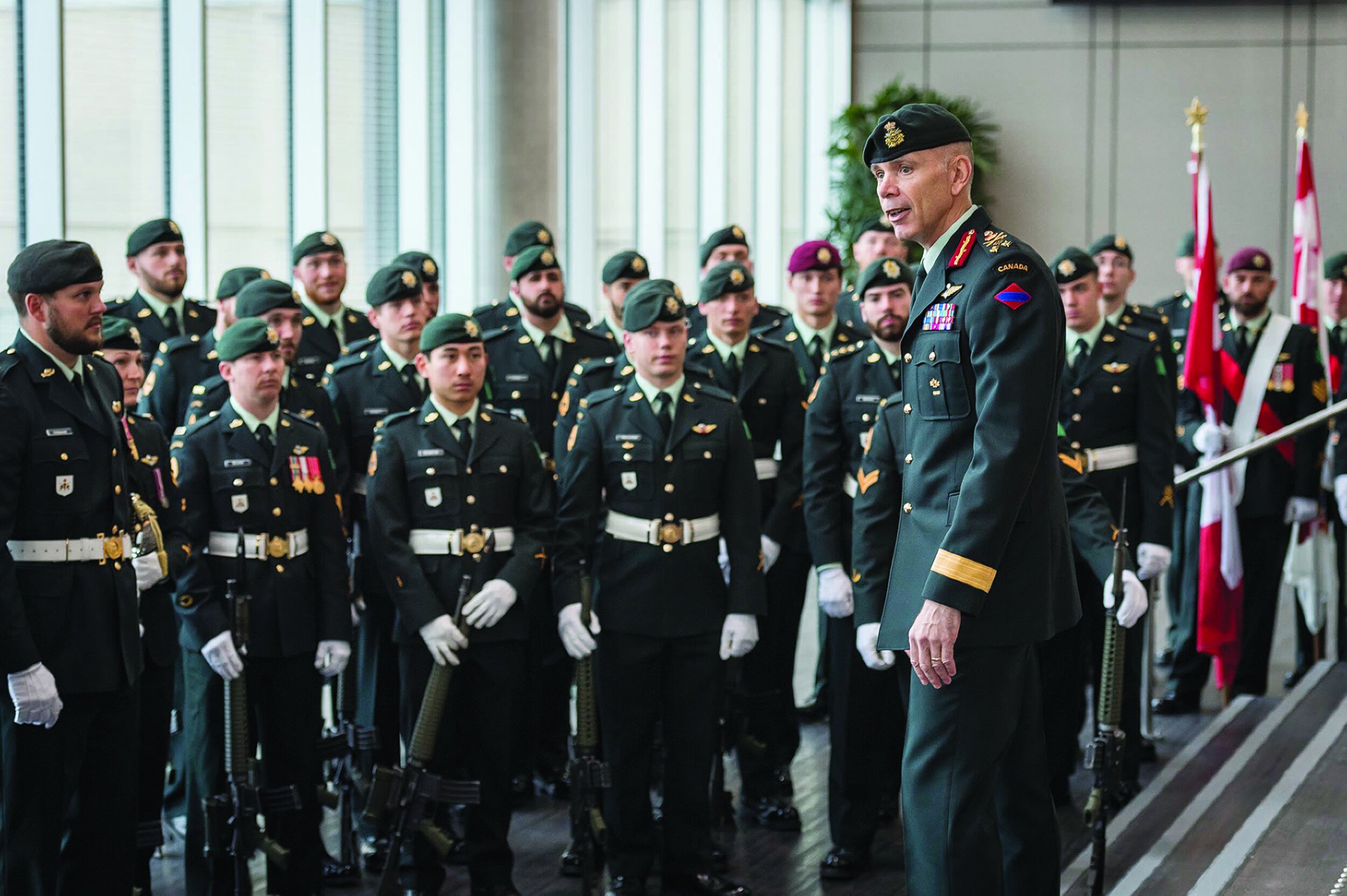Two CF-18 Hornets from 401 Tactical Fighter Squadron in Cold Lake, Alberta prepare to conduct air-to-air refueling operations over the Canadian Arctic during the NORAD Exercise AMALGAM DART 21-2, on March 23, 2021. (NATIONAL DEFENCE PHOTO)
By David Pugliese
THE ANNOUNCEMENT WAS made June 20 by Defence Minister Anita Anand. An initial $4.9 billion will be spent over the next six years for the improvement of sensor and detection capabilities of the North American Aerospace Defence Command. The improvements to that U.S.-Canadian alliance are needed because of the increasing threat from new cruise missiles and hypersonic missiles, according to Anand.
A total of $40 billion will be spent over 20 years on improving continental de- fence, she added. “NORAD has continually adapted and evolved in responses to new threats. Today, we turn another page and begin NORAD’s next chapter,” Anand said.
Many details still need to be worked out but the improvements will include space-based sensors as well as a new system called “Cross- bow.” That will involve early warning sensors.
Also key to the modernization initiative is what is being called the Arctic over-the-horizon radar system.
On April 7 defence firm representatives meeting in Ottawa were told the Liberal government plans to spend $1 billion for that new radar system to protect major population centres in North America. The radar system would be built in southern Canada, according to the briefing presented at a seminar hosted by the Canadian Association of Defence and Security Industries. The new system would keep watch on Arctic airspace to detect threats against major U.S. or Canadian cities.
Prime Minister Justin Trudeau visited NORAD headquarters in Colorado June 7 to see firsthand the operations of the joint U.S.-Canada alliance to defend the continent. (NORAD PHOTO)
The Arctic Over-the-Horizon Radar as it is called would “provide long-range surveillance of northern approaches to the major population centers in North America by establishing a northward-aimed high frequency over-the-horizon radar system in southern Canada,” according to the briefing. The radar would start operating in 2028. The preliminary cost estimate for the system is $1 billion, but military officials say that could go higher.
Anand claimed the $40 billion modernization plan would create tens of thousands of Canadian jobs but she did not provide any data to back up those claims.
The more pressing problem for both the U.S. and Canada is determining what to do about the North Warning System, which is estimated to be obsolete starting around 2025. The system’s radar sites were constructed between 1986 and 1992 and are mainly designed to track Russian bombers approaching North America.
Anand declined at her June 20 news conference to provide a date on when that system would be replaced.
The Liberal government is using the Russian invasion of Ukraine, which started Feb. 24, as justification to the public to move forward on improvements to continental defence. Anand has noted the invasion at her news conference and her previous statements about the upcoming purchase of the F-35 fighter jet.
Anand specifically mentioned the threat from cruise missiles and hypersonic missiles being developed by Canada’s “competitors.”
The Liberal government has recognized it has to do something about what it calls the capability gaps in the North Warning System or NWS. “While the current NWS is approaching the end of its life expectancy from a technological and functional perspective, unfortunately the range of potential threats to the continent, such as that posed by adversarial cruise missiles and ballistic missiles, has become more complex and increasingly difficult to detect,” the government’s defence strategy, released in 2017, pointed out.
Canada is currently responsible for 40 per cent of the cost of the North Warning System, with the remaining 60 per cent falling to the Americans. Canada owns the sites and provides the site operations and maintenance while the U.S. owns the radars and communications equipment.
Research contracts have already been awarded as the Liberal government examines different technologies for use in the Arctic or to protect the continent.
In February 2019, National Defence, through Public Services and Procurement Canada, awarded two contracts to Raytheon Canada Limited and the University of Toronto Institute for Aero- space Studies’ Space Flight Lab (UTIAS SFL) under the All Domain Situational Awareness Science & Technology Program. The contracts totaled $46.2 million.
A $15 million contract went to UTIAS SFL for the development of a prototype of a multipurpose microsatellite equipped with state-of-the-art sensor technology for air and maritime surveil- lance. The UTIAS SFL microsatellites would allow for quick and timely detection and identification of surface or airborne targets.
Raytheon Canada Limited’s contract was for $31.2 million for the construction of transmit and receive electronics for a study of over-the-horizon radar detection at long range. The primary objective of that project was to demonstrate the feasibility of sky-wave radar technology for the detection of air targets at all altitudes beyond the radar’s horizon. That involves reflecting signals off of the ionosphere and back to a receiving station located beyond the line of site, according to the Department of National Defence. Once operational, the system could be used in conjunction with other systems to further understand the effect of the Aurora Borealis on target detection beyond the horizon.
Anand emphasized that the NORAD modernization will be done with a focus on co-operation with northern residents. She pointed out the Canadian government has awarded a contract to Nasittuq Corporation, an Inuit owned company, for the operation and maintenance of the North Warning System. This new contract is for an initial period of seven years and is valued at $592 million. The contract also includes four two-year option periods for a total estimated value of $1.3 billion.
Under the contract, Nasittuq will be responsible for preventative and corrective maintenance for the NWS, and ensuring that NWS radar data is always available in support of NORAD and Canadian Armed Forces operations. This includes full logistics support, infrastructure and environmental stewardship, engineer- ing and life cycle material management, and general program and project management.
A transition period between the existing contractor, Raytheon Canada Limited, and Nasittuq began in April and is expected to be completed by September 30, 2022.
Radars are linked by a satellite communications network and are remotely monitored and controlled by NORAD from the Canadian Air Defence Sector, located at 22 Wing, North Bay, Ontario.


